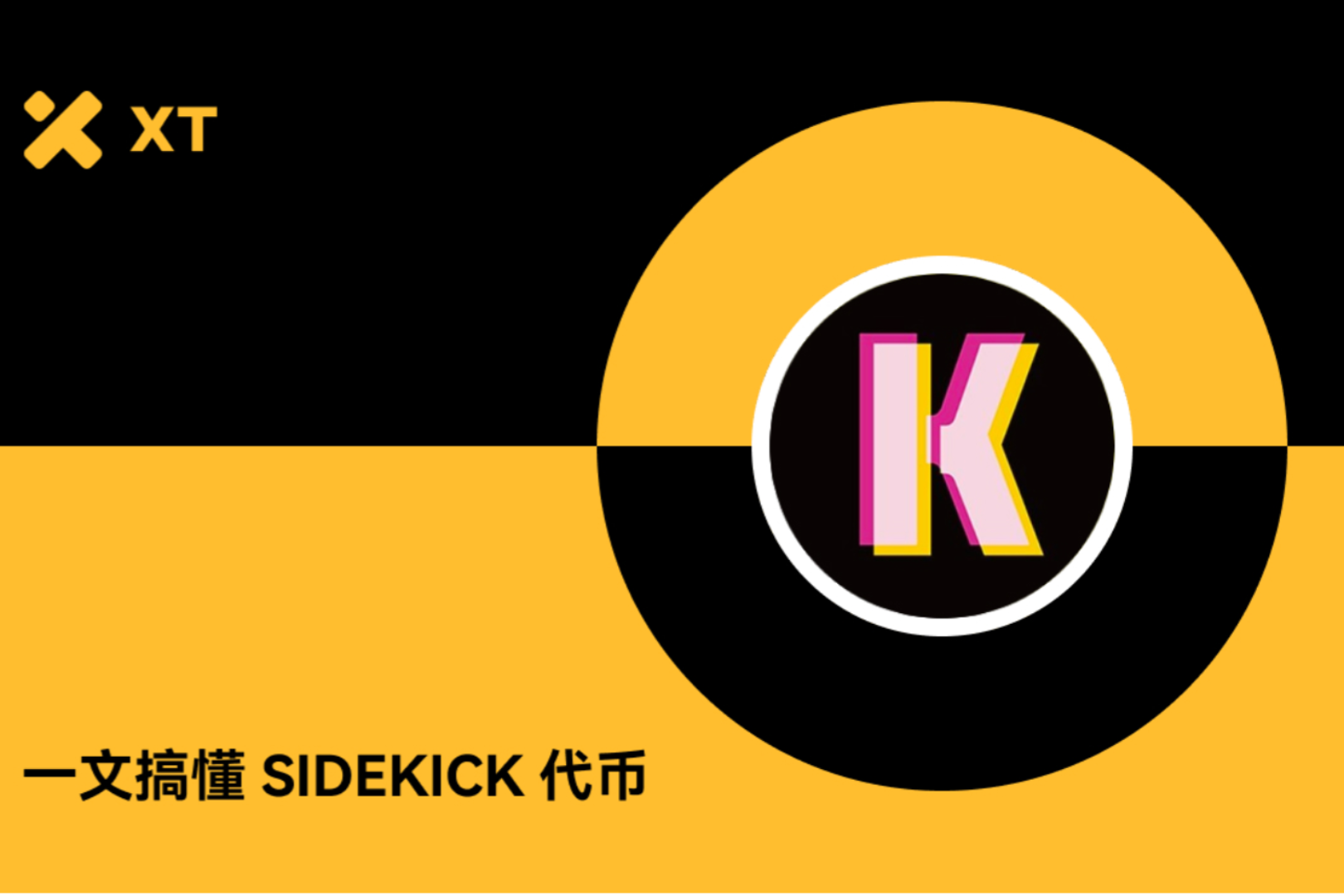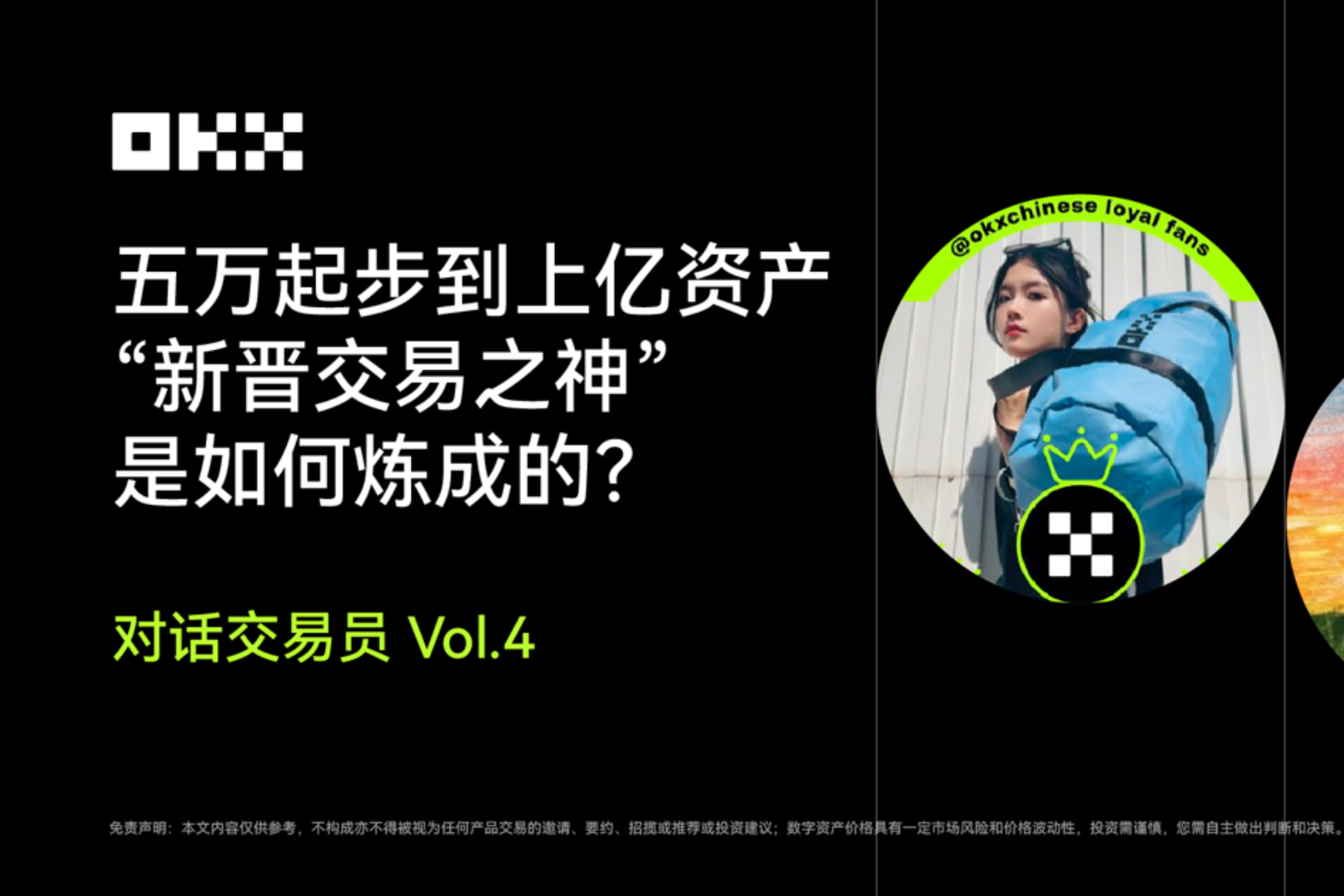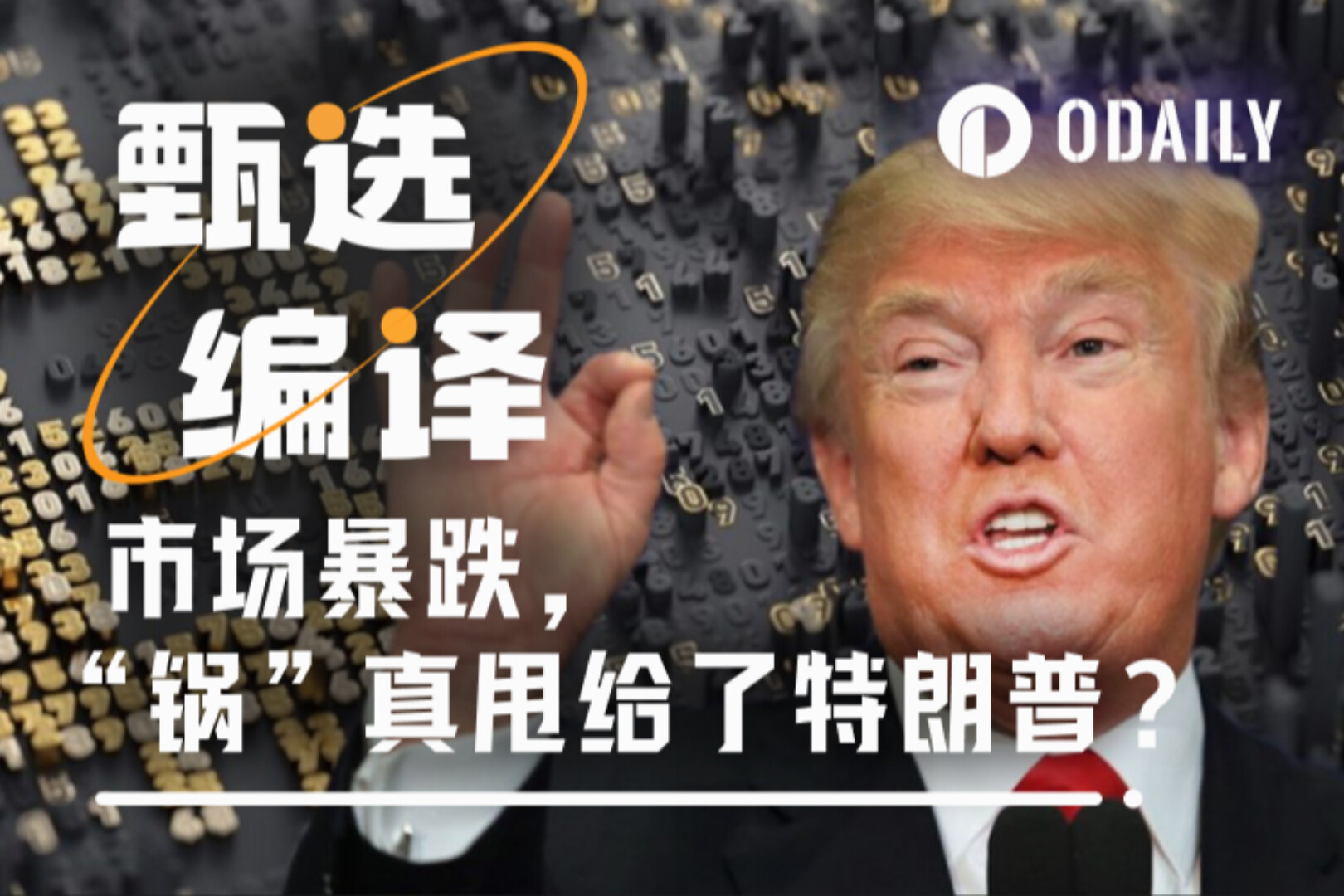
DeFi has only just begun to rise in the past two years or so, and it is still in a very early stage of popularization. However, we have already seen the term "DeFi2.0" pop up. You might think of this term as referring to an evolution or a system advancement in terms of user experience, similar to Web1, 2 and 3 terms. However, what DeFi 2.0 stands for is about a very different type of innovation: liquidity.
Generate liquidity in DeFi1.0
New DeFi projects and blockchain protocols that issue their own native tokens need to create liquidity in order to amplify market interest and raise funds. The most common strategy is to use liquidity mining as a reward program for early adopters. The idea is for the user to provide an even amount for each token in the trading pair. They can then stake with Liquidity Provider (LP) tokens for a high Annualized Yield (APY), paid in native newly issued tokens.
Yield mining increases the supply of tokens as the rewards generated by the annual interest rate use the newly minted tokens. As with basic economic concepts, increasing the token supply tends to decrease the token’s trading price. In addition, the annual interest rate is usually astronomically high at the beginning, but as more and more liquidity providers join the pool, the annual interest rate will drop rapidly.
Therefore, liquidity mining is often only temporarily attractive to users. According to a nansen.ai survey of user loyalty in the popular yield-staking contract, only 25% of users stay on the same contract for more than 30 days. And once you consider that newly minted tokens tend to be sold very quickly as users try to avoid impermanent losses. Incurring money losses due to depreciation of assets locked in a mining pool or lower opportunity cost, it is reasonable to invest briefly and then get out. Some protocols set investment periods to lock in liquidity, but that just postpones the same problem.
This would translate into a less sustainable system in the long run. Therefore, liquidity is one of the key issues that DeFi 2.0 aims to solve.
DeFi 2.0 proposes a brand new liquidity mining system
There are already some new DeFi projects that have developed solutions to the liquidity mining problem, such as the liquidity-as-a-service (LaaS) model, or separating liquidity asset contributions from volatility tokens to eliminate impermanent losses. Let’s take a look at a few of the more promising of these DeFi 2.0 projects to see how the new liquidity model works.
OlympusDAO(OHM)
OlympusDao is an algorithmic currency protocol that aims to become a stable encrypted native currency. While it sounds like another algorithmic stablecoin, the project’s ecosystem operates more like a central bank as it uses reserve assets like the DAI stablecoin to manage its price.
The goal of OlympusDao is to achieve price stability while maintaining a market-driven floating price. The biggest difference between OHM and USDC and other stablecoins is that OHM has support but is not linked to a certain price. This mechanism is similar to FEI, but the key difference is that FEI maintains a 1:1 peg to the U.S. dollar, while OlympusDao allows its tokens to float.
Users can use OHM as a mortgage to reduce the circulating supply, and at the same time use the newly acquired liquid assets to mint corresponding new OHM tokens and reward users who participate in the mortgage. Token economics are designed to encourage users to continue staking and continue to provide liquidity, rather than selling tokens.
Tokemak(TOKE)
Tokemak (TOKE) provides a one-sided mortgage solution, accepting ETH and USDC mortgages. The protocol then deploys these assets in a voting pool where TOKE is paired with other volatility tokens chosen by TOKE holders. These are supposed to offset the impact of any impermanent losses by liquidity providers through the allocation of fees earned by the protocol and residual income based on token emissions.
If the fee cannot cover the impermanence loss, new TOKE tokens will be minted, placing the responsibility on the TOKE DAO community. After the DeFi project goes online, it can generate liquidity for its newly issued native tokens by starting the TOKE pool and providing initial liquidity to the pool.
Ondo Finance
This project is using another model to offset impermanent losses and incentivize liquidity providers to take long-term investments. Ondo Finance allows users to choose between downside protection and enhanced returns, splitting fund pools and LP assets into multiple investment categories. A primary asset earning fixed income and a volatile asset with a variable but higher annual interest rate, both with pre-set compounding. Yields on liquid assets are prioritized, impermanent losses are negated, and all remaining yields go to contributors to volatile assets.
What else is special about DeFi 2.0?
It is still too early to say what impact the development of DeFi2.0 will have. While mobility is a major issue that needs to be improved, it's certainly not the only aspect. Due to the interoperability of the DeFi ecosystem, we already have incredibly complex solutions and products built on top of other protocols through mechanisms such as automatic compounding, reward token recycling, and even complex cross-chain yield optimization. These sophisticated solutions are used to generate maximum yield.
Due to the modular design of DeFi, improved functionality in new protocols does not necessarily mean that existing protocols lose market share. If anything, DeFi 2.0 will only attract more total value locked (TVL) across DeFi.
AAX is an international cryptocurrency exchange with more than two million users worldwide. AAX uses the LSEG technology of the London Stock Exchange to provide users with one-stop cryptocurrency services, including contract trading, 120+ spot trading pairs, P2P cash trading, wealth management products and professional-level API trading, etc.
About AAX
AAX is an international cryptocurrency exchange with more than two million users worldwide. AAX uses the LSEG technology of the London Stock Exchange to provide users with one-stop cryptocurrency services, including contract trading, 120+ spot trading pairs, P2P cash trading, wealth management products and professional-level API trading, etc.





